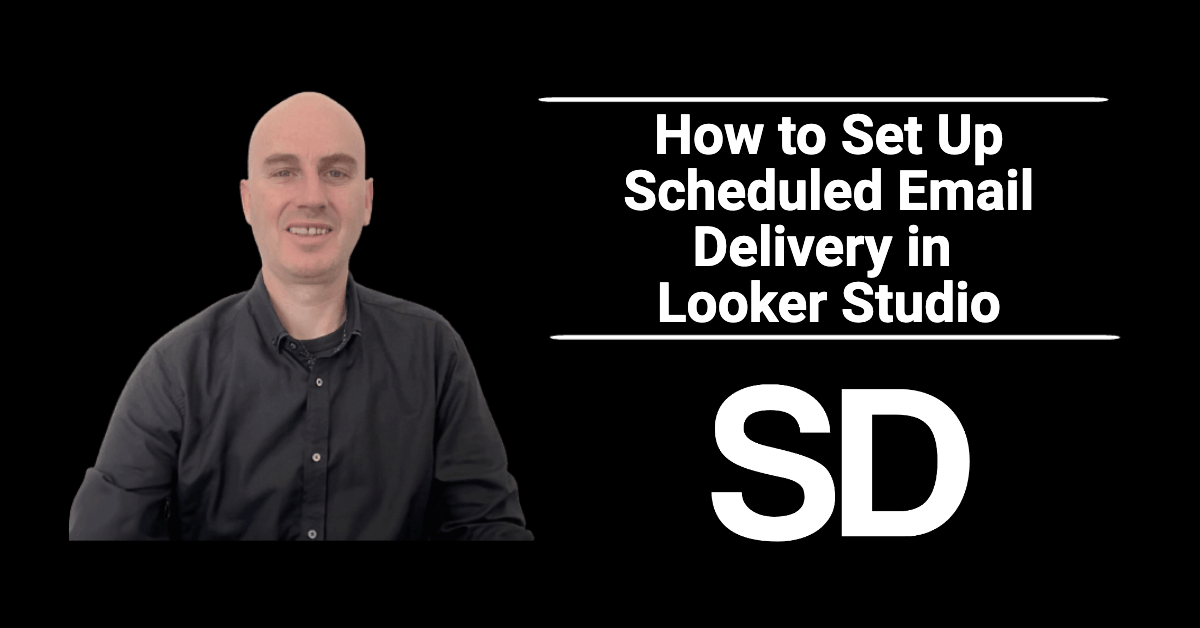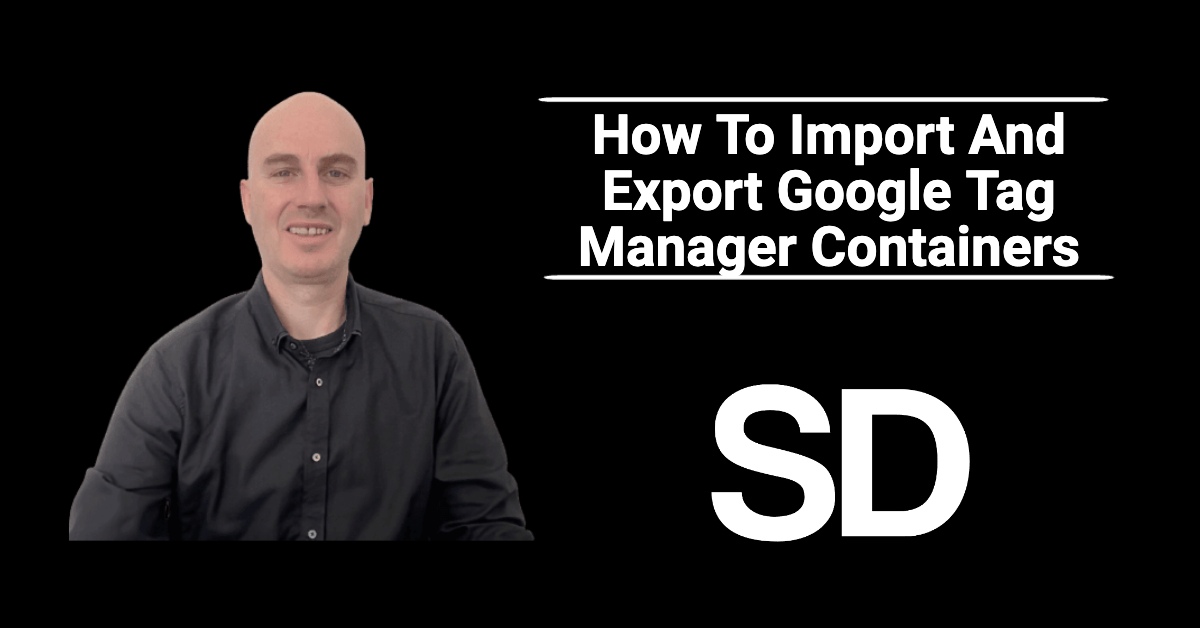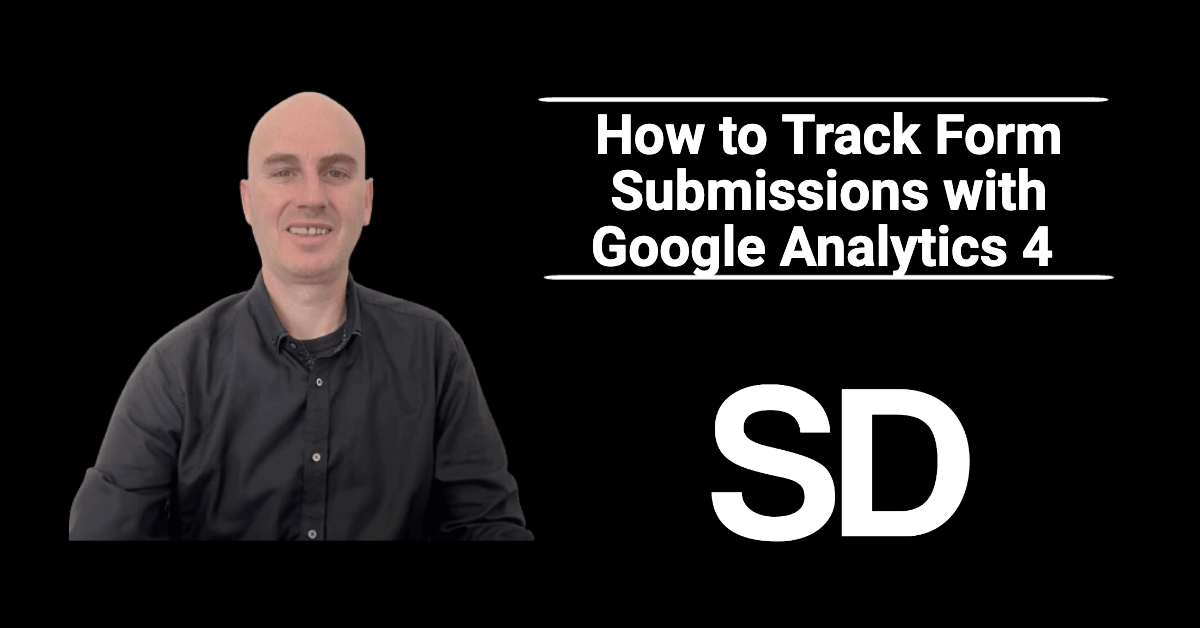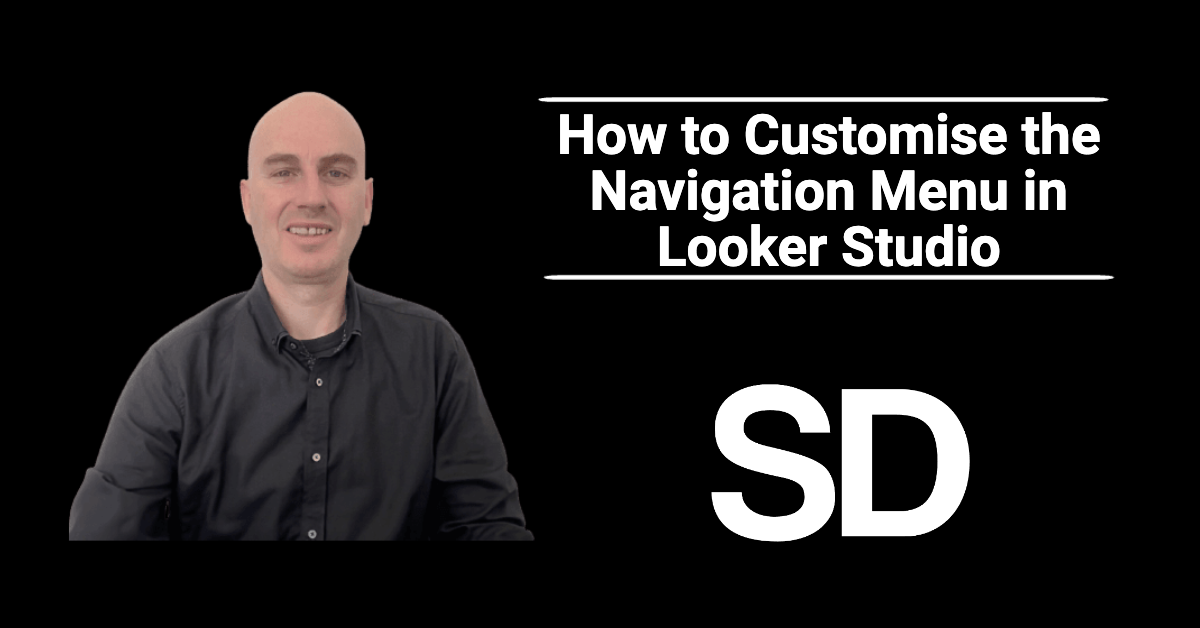How to Set Up Scheduled Email Delivery in Looker Studio
Are you looking for a convenient way to share your Looker Studio reports on a regular basis? Setting up scheduled email delivery in Data Studio enables you to automate the distribution of reports to key recipients, saving you time and effort in manual report sharing. In this tutorial, I'll walk you through the steps to set up scheduled email delivery in Looker Studio, empowering you to deliver valuable data insights to your audience with ease. I. Introduction II. Configuring Scheduled Email Delivery A. Accessing the Report B. Enabling Scheduled Email Delivery III. Selecting Recipients A. Adding Recipients B. Managing Recipients…







